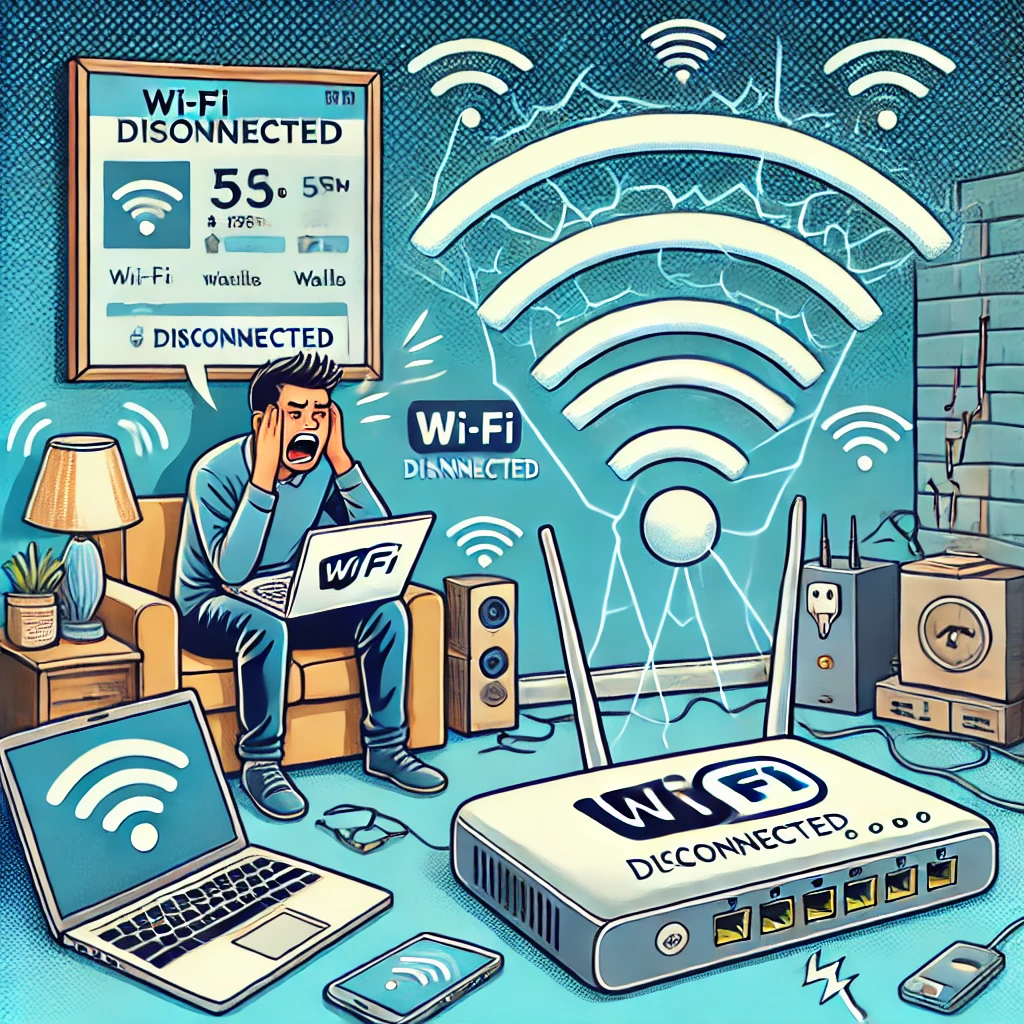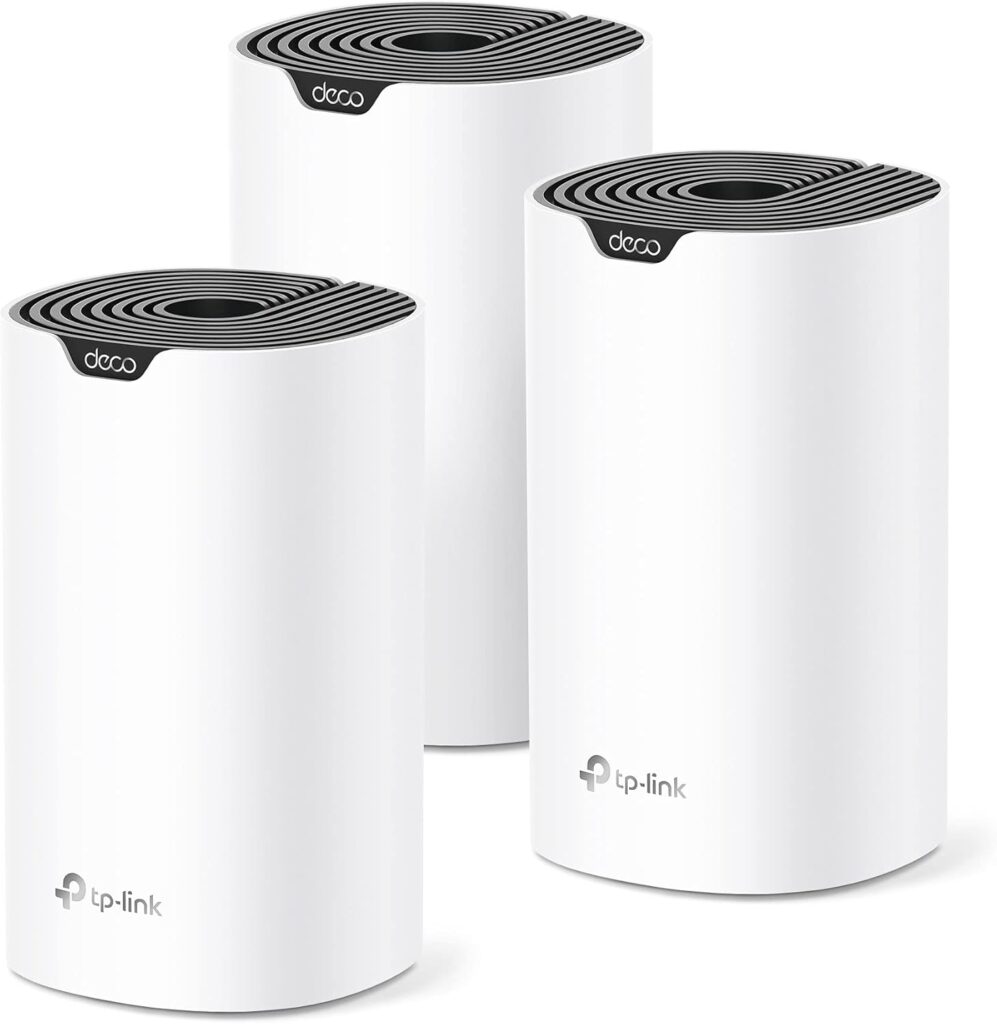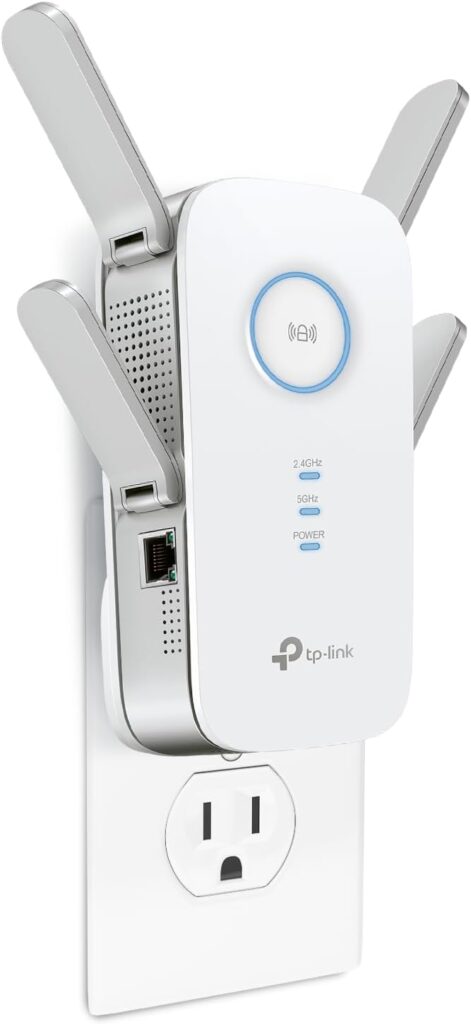Welcome to autohomegadgets.com, your trusted source for smart home and tech solutions! Over the years, I’ve dealt with numerous wireless network problems, from frustrating signal drops to slow speeds at the worst possible moments. If you’re struggling with intermittent wireless network issues, I’ve been there, tested solutions, and found what works best. In this guide, I’ll share practical troubleshooting intermittent wireless network issues, expert tips, and product recommendations to keep your home network running smoothly.

Why Trust My Advice on Wi-Fi Issues?
I’ve spent years testing smart home gadgets, routers, and networking equipment, troubleshooting connectivity problems along the way. From setting up mesh networks to optimizing router placement, I’ve encountered and fixed various Wi-Fi issues firsthand. My goal is to help you diagnose and resolve your network problems quickly and efficiently.
Common Causes of Intermittent Wireless Network Issues
Before we jump into the fixes, it’s important to understand why your Wi-Fi might be cutting out. Here are the most common culprits:
1. Interference from Other Devices
- Nearby Wi-Fi networks, microwaves, cordless phones, and Bluetooth devices can interfere with your signal.
2. Router Placement Issues
- Thick walls, metal appliances, and long distances weaken signals.
3. Overloaded Network
- Too many connected devices can slow down or crash your Wi-Fi.
4. Outdated Firmware or Router Hardware
- An old router may struggle to handle modern demands.
5. ISP or Modem Problems
- Your internet provider or faulty modem could be the root cause.
6. Bandwidth-Hungry Applications
- Streaming, gaming, or large downloads may hog your bandwidth.
7. Wi-Fi Channel Congestion
- If your router is using a crowded channel, performance can suffer.
How to Fix Intermittent Wi-Fi Issues
Step 1: Restart Your Router and Modem
- Unplug both devices for 30 seconds, then plug them back in.
- Restarting clears cache and refreshes the connection.
Step 2: Check for Interference
- Move your router away from appliances and walls.
- Switch to the 5GHz band for less interference if your router supports dual-band Wi-Fi.
Step 3: Optimize Router Placement
- Place the wireless router in a central location for even coverage.
- Elevate the router above floor level for better signal distribution.
Step 4: Reduce Network Load
- Disconnect unused devices.
- Use Quality of Service (QoS) settings on your router to prioritize important traffic.
Step 5: Update Router Firmware
- Log into your router’s settings and check for firmware updates.
- Updated firmware improves security and performance.
Step 6: Change Wi-Fi Channels
- Use a Wi-Fi analyzer app to find the least crowded channel.
- Log into your router settings and manually switch to a less congested channel.
Step 7: Upgrade Your Router or Modem
- If your router is more than 5 years old, consider upgrading to a Wi-Fi 6 router.
- A mesh network can help eliminate dead zones in larger homes.
Step 8: Contact Your Internet Service Provider (ISP)
- Run a speed test to check if you’re getting the speeds you’re paying for.
- If issues persist, your ISP may need to check for outages or line problems.
Recommended Wi-Fi Fixing Tools and Gadgets
1. TP-Link Deco Mesh Wi-Fi System

- Why? Eliminates dead zones and provides seamless coverage in large homes.
2. Netgear Nighthawk AX12 (Wi-Fi 6 Router)

- Why? Supports multiple devices and offers faster speeds with advanced features.
3. TP-Link RE650 Wi-Fi Extender

- Why? Boosts signal strength for areas with weak coverage.
4. Google Nest Wi-Fi Router

- Why? Easy to use, great for smart home setups, and reliable.
5. Speedtest by Ookla (Free App)
- Why? Helps measure Wi-Fi speed and diagnose performance issues.
When to Call a Professional
If none of these fixes work, your home’s wiring or ISP service might need professional attention. Contact your ISP to check for line issues, or consider hiring a networking expert to diagnose persistent problems.
Final Thoughts
Intermittent Wi-Fi issues are frustrating but fixable. With the right troubleshooting steps and equipment, you can enjoy a stable, high-speed wireless connection throughout your home.
At autohomegadgets.com, I’m committed to helping you find the best smart home and networking solutions. If you have any questions or need specific recommendations, feel free to reach out!
Have you fixed your Wi-Fi issues? Let me know your experience in the comments below!

SAMMY MWANGI the editor of Autohomegadgets.com. He is an Electronics Technician enthusiast and a Sales Manager in one of the leading ICT companies in Africa. When he is not working, he loves to travel and explore nature. He is a Robot fanatic too.

